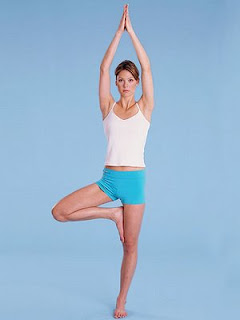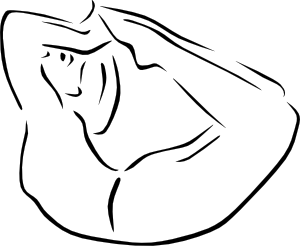Researchers from Tufts University School of Medicine have determined that patients over 65 years of age with knee osteoarthritis (OA) who engage in regular Tai Chi exercise improve physical function and experience less pain. Tai Chi (Chuan) is a traditional style of Chinese martial arts that features slow, rhythmic movements to induce mental relaxation and enhance balance, strength, flexibility, and self-efficacy.
The elderly population is at most risk for developing knee OA, which results in pain, functional limitations or disabilities and a reduced quality of life. According to the Centers for Disease Control and Prevention (CDC) there are 4.3 million U.S. adults over age 60 diagnosed with knee OA, a common form of arthritis that causes wearing of joint cartilage. A recent CDC report further explains that half of American adults may develop symptoms of OA in at least one knee by age 85.
For this study, 40 patients from the greater Boston area with confirmed knee OA who were in otherwise good health. The mean age of participants was 65 years with a mean body mass index of 30.0 kg/m2. Patients were randomly selected and 20 were asked to participate in 60-minute Yang style Tai Chi sessions twice weekly for 12 weeks. Each session included: a 10-minute self-massage and a review of Tai Chi principles; 30 minutes of Tai Chi movement; 10 minutes of breathing technique; and 10 minutes of relaxation.
Tai Chi is a mind-body approach that appears to be an applicable treatment for older adults with knee OA. Physical components of Tai Chi are consistent with current exercise recommendations for OA, which include range of motion, flexibility, muscle conditioning, and aerobic work out. Researchers believe the mental feature of Tai Chi addresses negative effects of chronic pain by promoting psychological well being, life satisfaction, and perceptions of health.
The remaining 20 participants assigned to the control group attended two 60-minute class sessions per week for 12 weeks. Each control session included 40 minutes of instruction covering OA as a disease, diet and nutrition, therapies to treat OA, or physical and mental health education. The final 20 minutes consisted of stretching exercises involving the upper body, trunk, and lower body, with each stretch being held for 10–15 seconds.
At the end of the 12-week period, patients practicing Tai Chi exhibited a significant decrease in knee pain compared with those in the control group. Researchers noted a reduction in pain between the Tai Chi and control group. Researchers also observed improved physical function, self-efficacy, depression, and health status for knee OA in subjects in the Tai Chi group.
Of course, all of my knee arthritis patients will be required to demonstrate the yoga pose below after completing their treatment for their knee arthritis.
References
- Article: “Tai Chi Is Effective in Treating Knee Osteoarthritis: A Randomized Controlled Trial.” Chenchen Wang, Christopher H. Schmid, Patricia L. Hibberd, Robert Kalish, Ronenn Roubenoff, Ramel Rones, and Timothy McAlindon. Arthritis Care & Research; Published Online: October 29, 2009 (DOI:10.1002/art.24832); Print Issue Date: November 2009.


